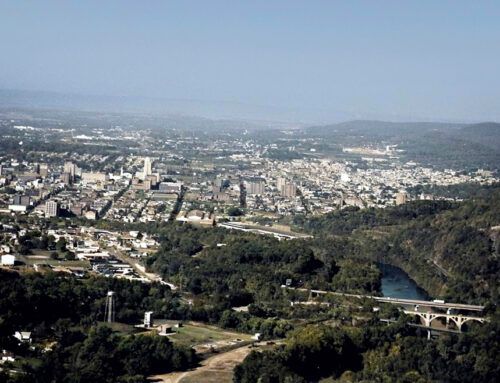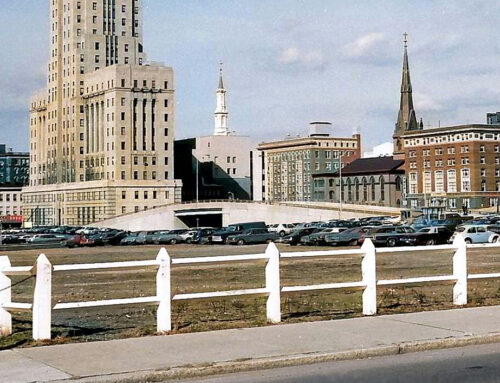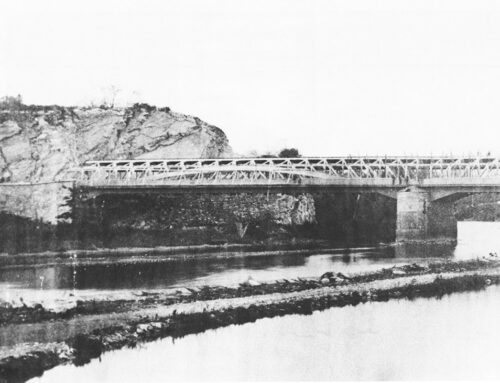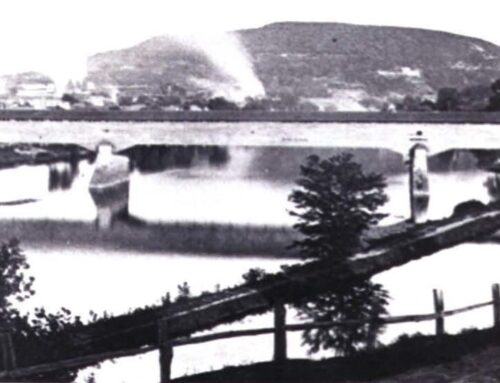In February 1953, Mayor Bamford introduced “Traffic Plan B,” a comprehensive blueprint for alleviating congestion and improving traffic flow throughout Reading. Among its key proposals was the opening of Oley Street, which had been obstructed for over 75 years. This plan also included the widening of Cherry Street and a reorganization of traffic directions on major thoroughfares, such as converting 8th Street to one-way southbound and 9th Street to one-way northbound. These changes were designed to address the growing demands of a modernizing city.
The project faced significant challenges. A major barrier to opening Oley Street was a longstanding building owned by the Jackson Rope Company, which had blocked the path for decades. Additionally, the street required substantial groundwork, including the relocation of two railroad sidings and repairs to the loose shale surface, which had deteriorated during initial use. Despite these hurdles, the city forged ahead, demonstrating a commitment to progress and innovation.
Below: 1913 Map of Reading showing gap in Oley Street between 8th and 9th Streets.

In 1955, the official opening of Oley Street was marked by a memorable ceremony that captured the spirit of civic pride. Riding in a pony cart, Mayor Bamford led the celebration while Councilman Edward H. Harper, director of streets, ceremoniously cut a rope with an ax, symbolizing the removal of the Jackson Rope Company building. This event not only opened a critical crosstown thoroughfare but also represented a triumph over longstanding logistical and infrastructural barriers
The opening of Oley Street was not an isolated event but part of a larger narrative of urban renewal in Reading. By creating one of the few crosstown routes north of Penn Street, the project improved connectivity for residents and businesses alike. It also laid the groundwork for future redevelopment efforts, including traffic reorganization and the enhancement of surrounding neighborhoods.






Leave A Comment